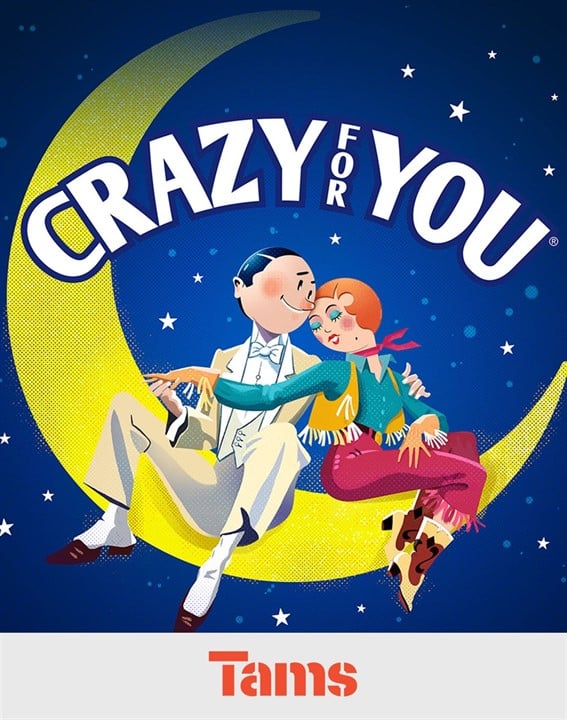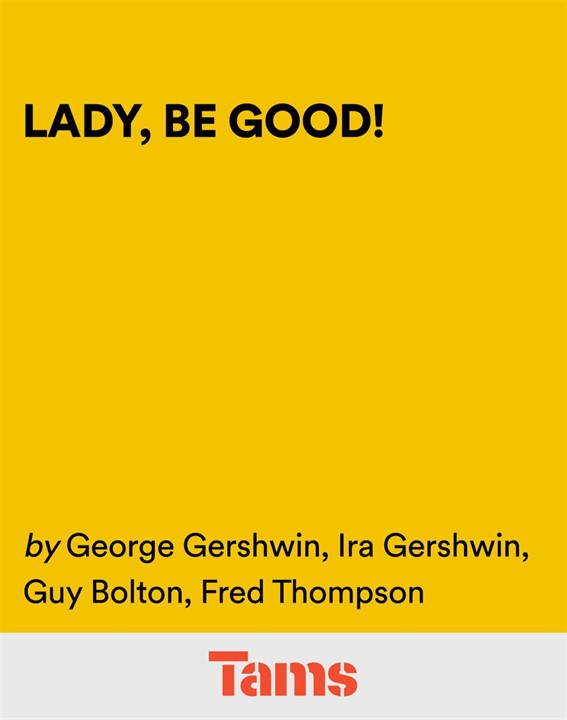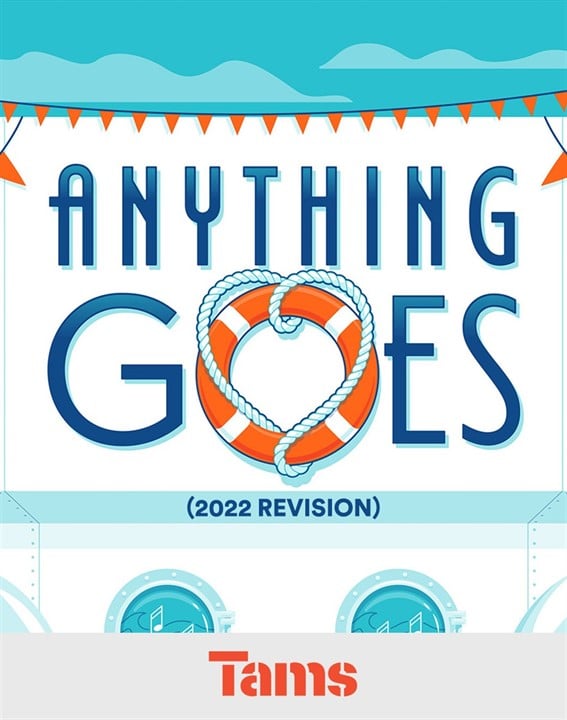A CONCORD THEATRICALS TITLE
Let 'Em Eat Cake
Full-Length Musical, Satire/Political Satire / 3w, 7m plus ensemble
Music and Lyrics by George Gershwin and Ira Gershwin
Book by George S. Kaufman and Morrie Ryskind
Aiming its barbs at everything from totalitarianism to fashion shows, Let ’Em Eat Cake is a dark, cynical and hilarious American operetta featuring one of the Gershwin brothers’ most complex and inventive scores.
-
Cast Size
3w, 7m plus ensemble -
Duration
120 minutes (2 hours) -
Target Audience
Adult
Details
Summary
History
Keywords
- Time Period 1930s
- Setting Various locations, from Main Street to the White House to the Guillotine. 1933.
- Features Period Costumes
- Duration 120 minutes (2 hours)
Media
“Delightful... lively and vivacious and rippling with little musical jokes.” – National Review
“The show is still very funny... the score is lively and vivacious and rippling with little musical jokes drawn out of everything from Schubert to Sousa to The Pirates of Penzance.” – National Review (2019)
“Very sophisticated... with its counterpoint, multiple songs within musical interludes, and its duets and large choral numbers, this was the composer’s most complex score to date... The score to Let ’Em Eat Cake is composed in a series of mini-musical sequences, something Sondheim was to popularize decades later. The eclectic influences included Handel, Shubert, Gilbert and Sullivan (‘I am the very model of a modern major general’), Yiddish music and blues.” – Theater Scene
“Though George Gershwin’s highly skilled musicianship was justly admired... some may sense disturbing parallels to our present times.” – Operetta Research Center
Music
Music Samples
- Musical Style Classic Broadway
- Vocal DemandsModerate
- Orchestra Size X-Large
Licensing & Materials
- Licensing fees and rental materials quoted upon application.






